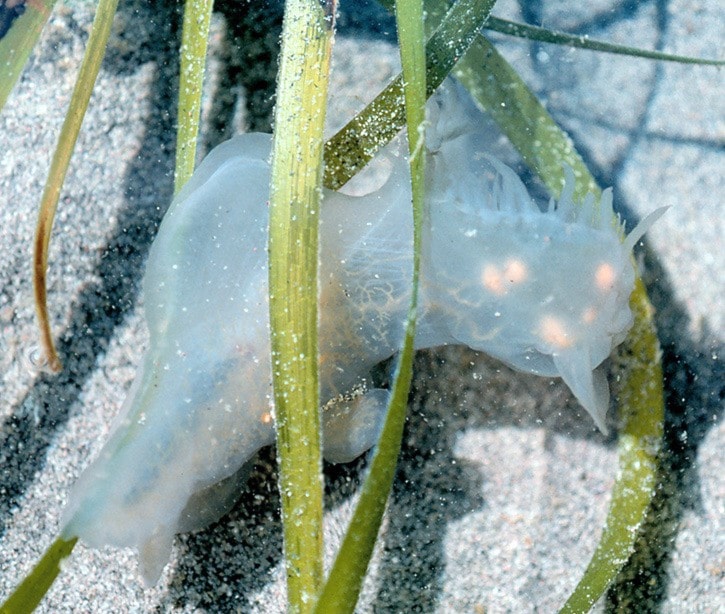Like all ecosystems, the marine environment is full of amazing animals that can do fascinating things.
Animals throughout the global ocean must face a variety of challenges – like predators, extreme conditions and altering habitats – and have learned to overcome these adversities by adapting cool features that help them survive.
I am going to share a handful of the coolest adaptations that can be seen in critters in the Northwest Pacific.
Autotomy is an adaptation that is seen both in the marine ecosystem and on land. Animals that can autotomize parts of their bodies, essentially “drop” a tail, leg or claw that a predator is holding, allowing them time to try and escape.
Searching around in tide pools you may have seen crabs very much alive, but with one or more missing legs. Most likely, that crab was being attacked and decided to autotomize, rather than become a seagull snack.
Although it does take a fair bit of their energy to grow the limb back, these species can replace their limbs over time.
Another interesting adaptation that can take on many forms is scent.
One of my favourite marine animals is the nudibranch, or sea slug, known as the hooded nudibranch. This delicate, unworldly looking creature has a very cool feature – it smells like watermelon! If you were to find a hooded nudibranch and smell it or the water around it, it gives off a very nostalgic Jolly Rancher-like fragrance. While I love the hard flavourful candies, I cannot imagine these beauties taste too good. This fruity smell is thought to attract their mates, as they cannot see, only sense light and dark.
Desiccation is defined as the state of extreme dryness. Animals situated in the intertidal zone are impacted by the tides.
Off the coast of B.C., we experience mixed semi-diurnal tides, or four tides a day (a high tide, a low tide, a low high tide and a high low tide). At different times of year the changes in these tides can be quite substantial.
Animals in the intertidal need to protect themselves from the sun and periods when the tide is very low – they don’t want to desiccate or dry out.
Some animals hide under rocks or squish themselves into tight crevices where the sun doesn’t shine, while animals like barnacles close up their shells and wait for the tide to come back in.
The pigment-containing and light-reflecting portions of a cell that is primarily responsible for generating skin colour are called chromatophores.
Marine animals like the octopus use chromatophores in an extraordinary way; they can rapidly change their skin colour in order to camouflage with their surroundings or communicate with other octopuses. Furthermore, octopuses can change the texture of their skin and blend in with many different backgrounds. They are the masters of disguise.
Bioluminescence is a very cool and necessary adaptation that occurs from the sea surface to the deep sea.
Bioluminescence is a chemical reaction that occurs in an animal’s body to produce a greenish-blue light, allowing animals to communicate in the cool dark waters of the ocean.
This phenomenon resembles the twinkling of Christmas lights and has many uses including, being used as a lure to attract prey (e.g. angler fish), attract mates, communicate with peers and even function as a burglar alarm. The burglar alarm is when the prey starts the bioluminescent reaction to attract the predator’s predator.
There are thousands of amazing and creative adaptations that animals have evolved to outcompete other species and survive in their habitats.
The ocean is filled with all sorts of wonderful processes that make the ecosystem function the way it does.
The next time you’re at the beach take a look around and see what cool adaptations you can find.
•••
Combining her passions for education and the marine ecosystem, Natasha Ewing inspires teachers and students to incorporate hands-on experiential ocean science into the classroom for Ocean Networks Canada.
